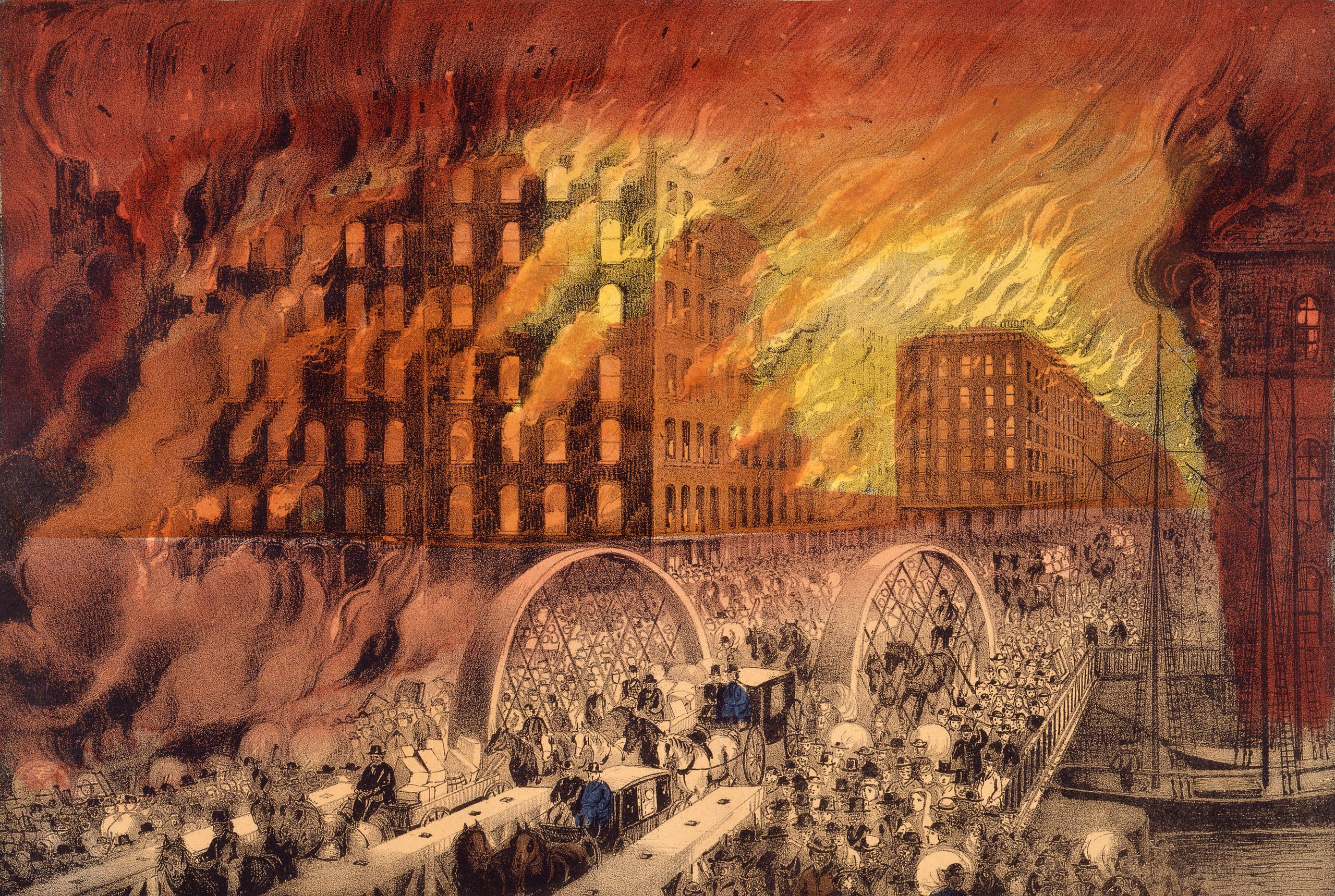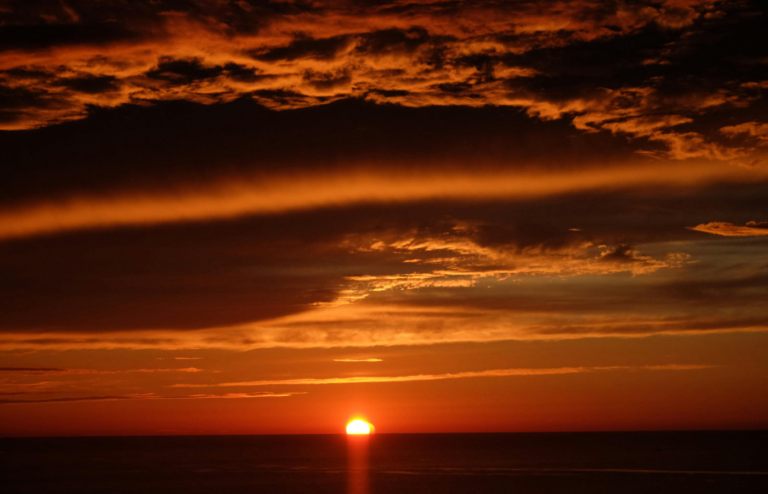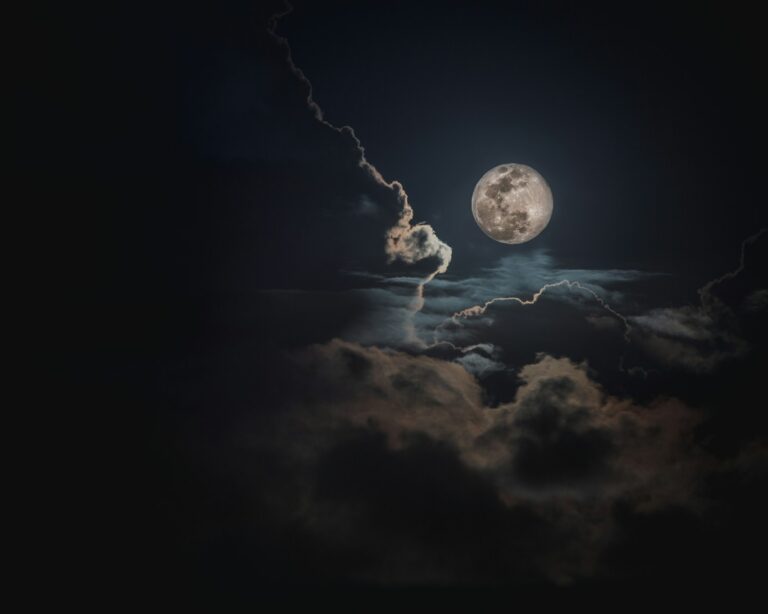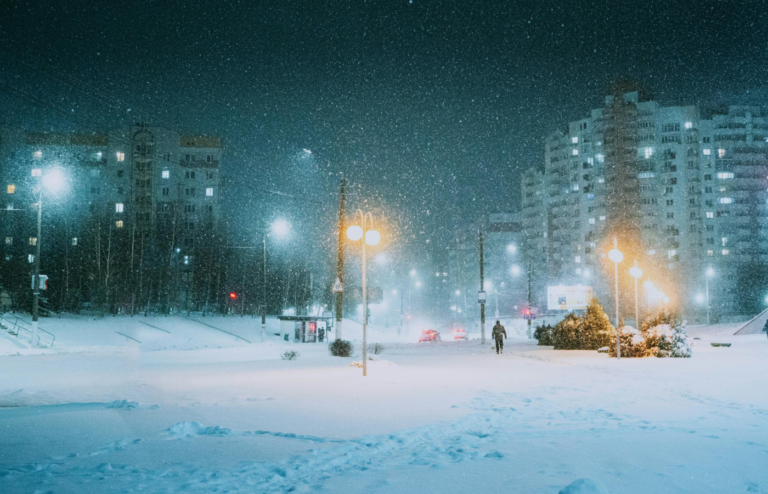Weather can be unpredictable, but sometimes it completely defies explanation. From mysterious falling ice blocks to glowing skies, these freak weather events have left scientists scratching their heads.
Here are 15 of the strangest weather events that science still struggles to explain fully.
1. The Great Smog of London (1952) – A Fog That Killed Thousands

In December 1952, a dense smog covered London for five days, leading to an estimated 12,000 deaths. While it’s known that pollution and weather combined to trap toxic air, scientists still debate what made it so lethal so quickly. Some believe a rare chemical reaction may have intensified the fog’s deadly effects.
2. Blood Rain – When the Sky Showers Red Water

In 2001, Kerala, India, experienced weeks of blood-red rain an event that has puzzled scientists ever since. While initially blamed on Saharan dust, tests revealed unusual organic particles. Some researchers suggest algae spores, while others propose more bizarre theories, including alien microbes.
3. The Tunguska Explosion (1908) – A Mystery Blast Over Siberia
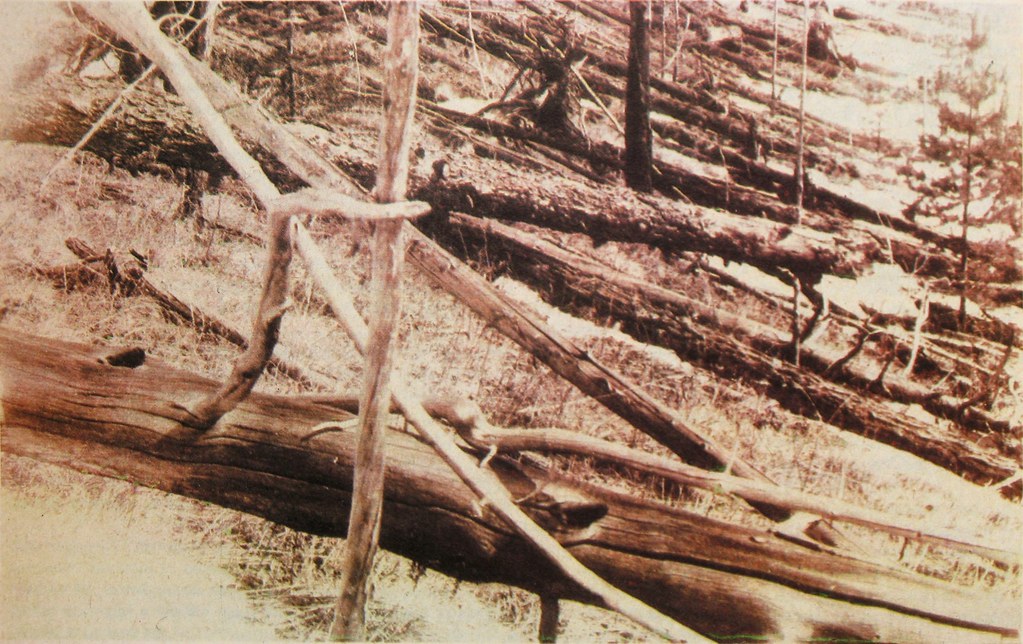
In 1908, a powerful explosion leveled 800 square miles of forest in Siberia, but no impact crater or meteor fragments were ever found. The leading theory is that a meteor exploded mid-air, yet the lack of debris leaves room for debate. Other ideas range from underground gas eruptions to bizarre possibilities like antimatter.
4. The Hessdalen Lights – A Never-Ending Light Show
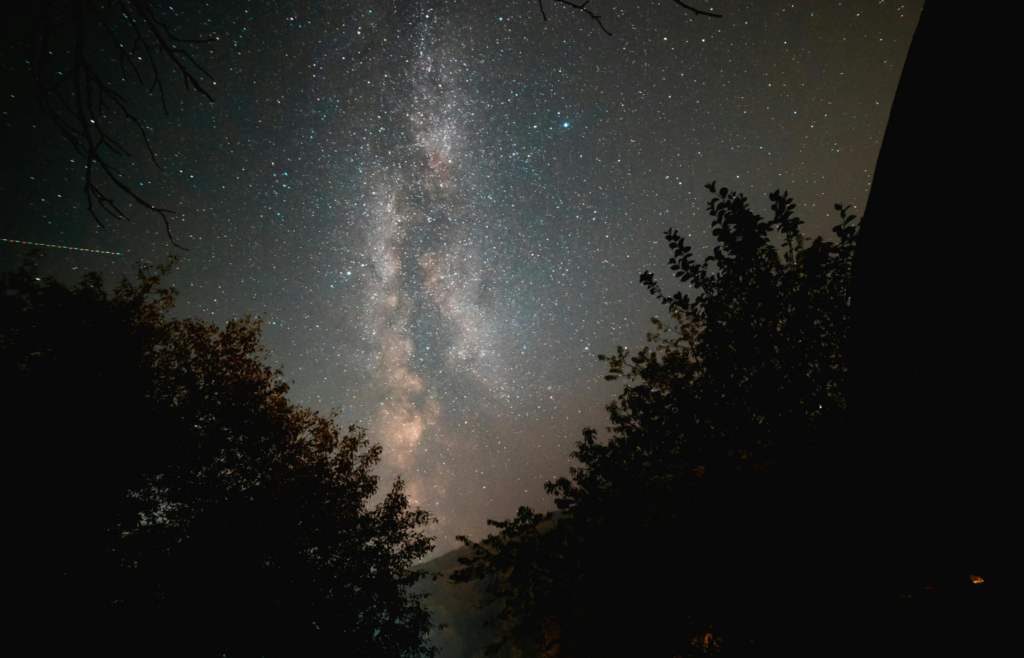
Since the 1980s, strange lights have been appearing in Norway’s Hessdalen Valley, often moving in unusual ways. Scientists think they could be plasma formations caused by natural elements in the valley, but their exact cause remains a mystery. The lights show up unpredictably, defying easy explanation.
5. The Sailing Stones of Death Valley
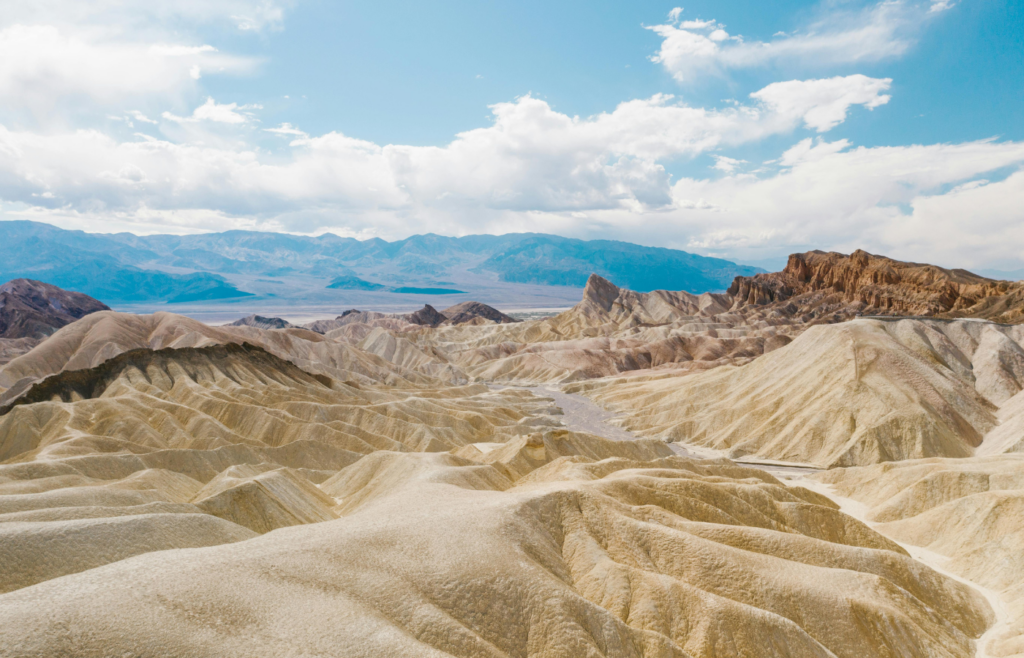
For years, stones in Death Valley’s Racetrack Playa left long trails in the dry lakebed yet no one ever saw them move. Scientists now believe a rare mix of ice, wind, and water allows the rocks to slowly glide across the surface. Even so, the phenomenon remains rare and strangely mesmerizing.
6. The Day It Rained Fish in Honduras
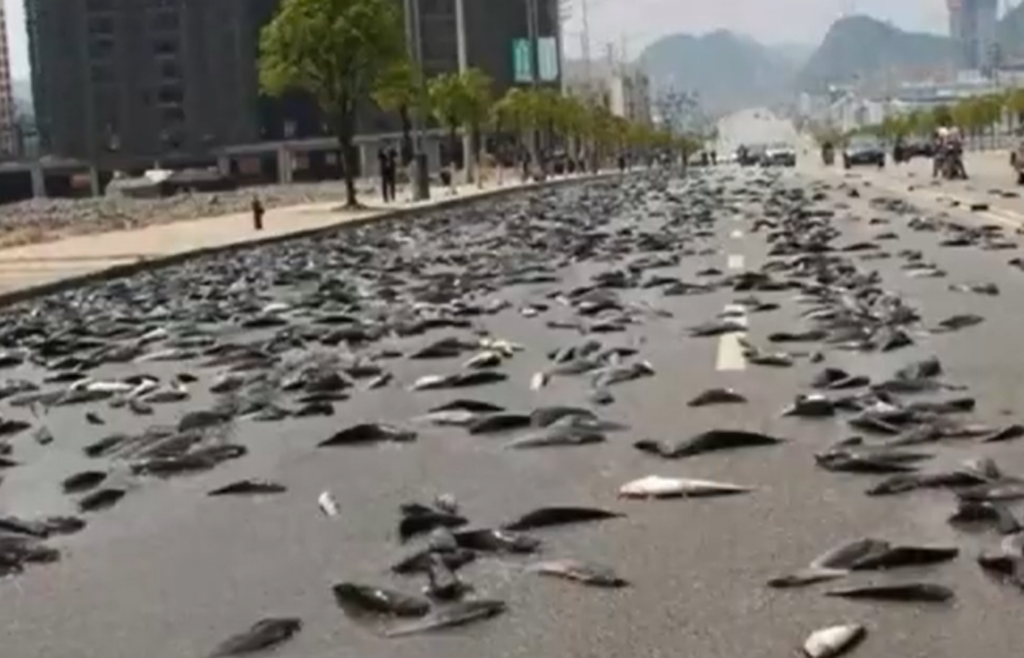
For more than a century, residents of Yoro, Honduras, have reported fish falling from the sky during heavy storms. While some blame waterspouts sucking fish from distant waters, the fish often don’t match local species. Others think hidden underground pools may be the source, but no theory has been confirmed.
7. The Black Blizzards of the Dust Bowl (1930s)

In the 1930s, giant black dust storms swept across the U.S. Midwest, darkening skies and triggering serious health issues. While dust storms were known, the sheer scale and persistence of these events remain puzzling. Experts point to a mix of drought, farming practices, and climate shifts but the exact recipe is still debated.
8. The 1816 “Year Without a Summer”
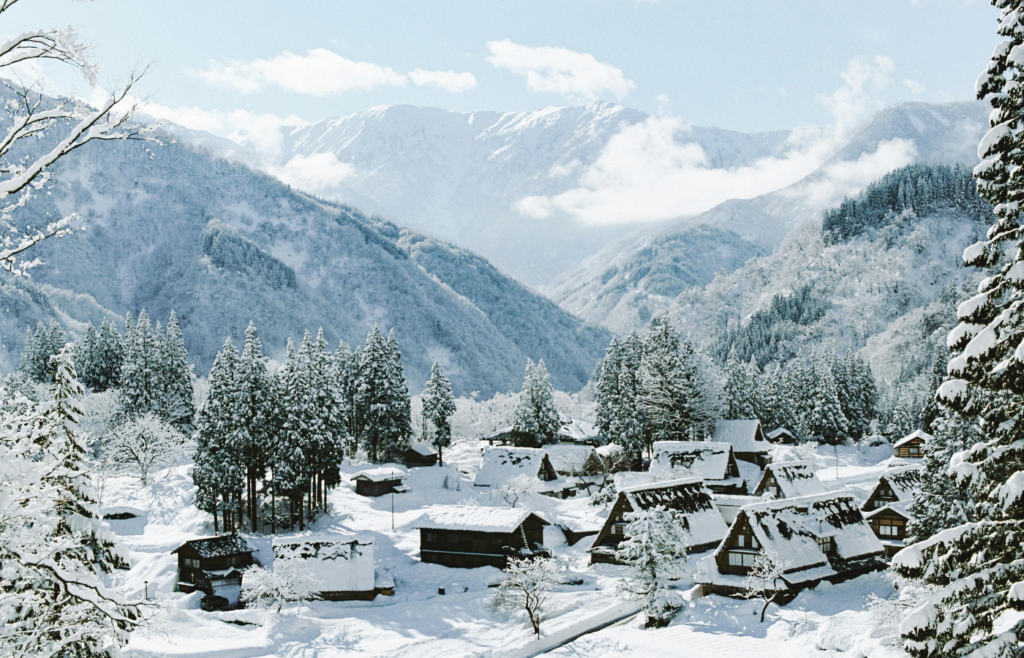
In 1816, known as the “Year Without a Summer,” global temperatures dropped so dramatically that snow fell in June and crops failed across continents. While a massive eruption from Mount Tambora is the leading cause, it doesn’t fully explain the year-long severity. The event remains one of the most dramatic and puzzling climate disruptions in recorded history.
9. The Milwaukee “Phantom Blizzard” (1940)
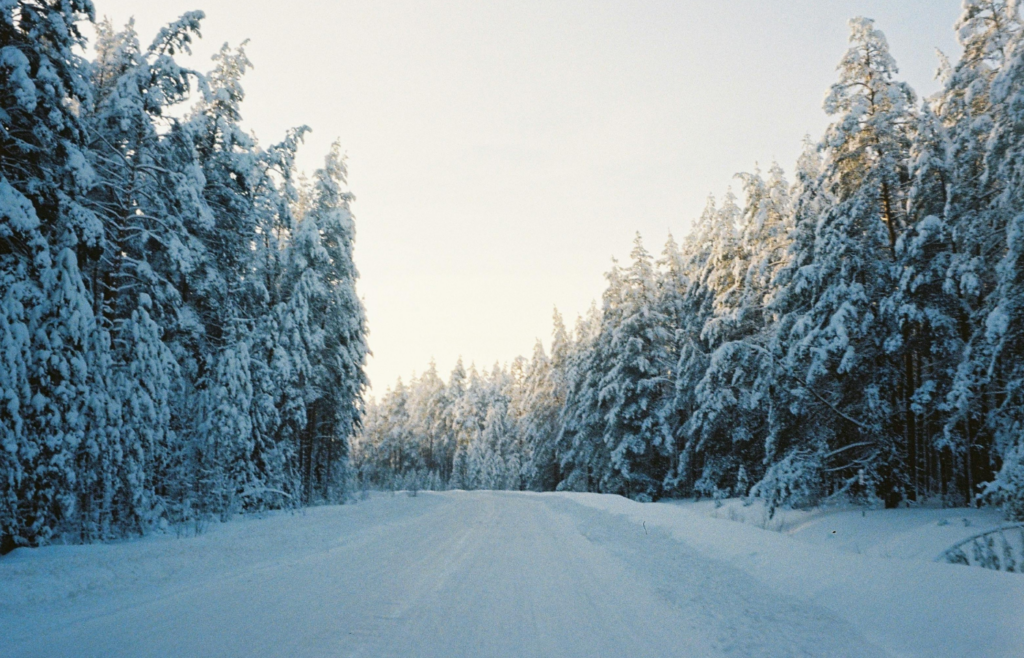
In November 1940, a surprise blizzard swept through the U.S. Midwest, killing over 150 people with little to no warning. The storm struck so suddenly that forecasts missed it entirely, leaving communities unprepared. To this day, it’s unclear why the weather prediction systems failed so completely.
10. The “Devil’s Tornado” of Tri-State (1925)
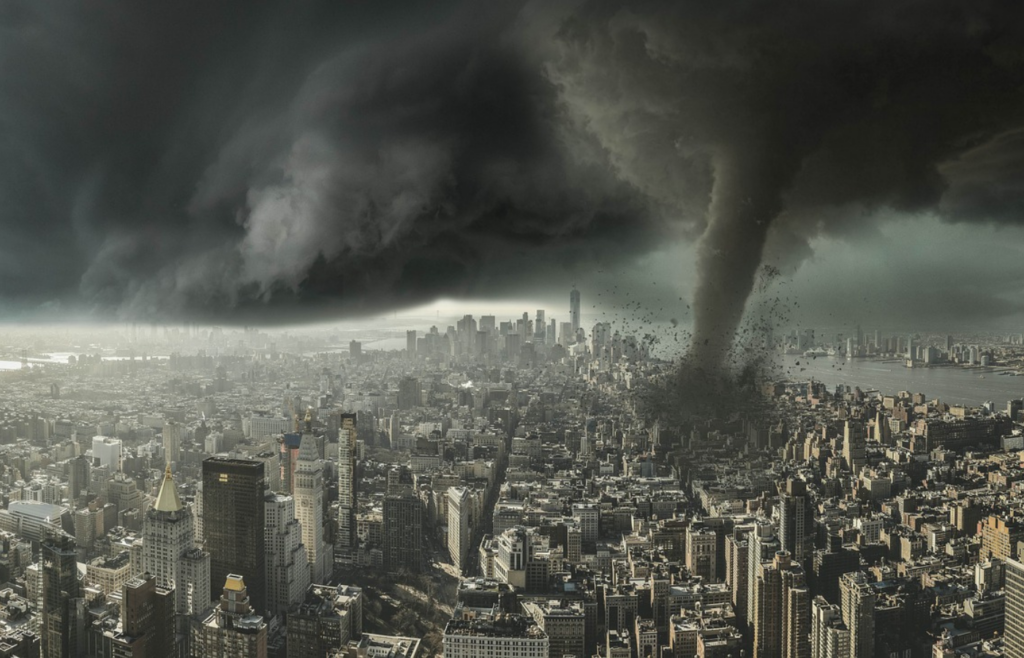
The Tri-State Tornado of 1925 killed 695 people and traveled an astonishing 219 miles the longest path of any tornado ever recorded. No other tornado has matched its speed, duration, or distance. Scientists still aren’t sure what made this one so unusually powerful.
11. The Great Chicago Fire’s “Fire Tornado” (1871)
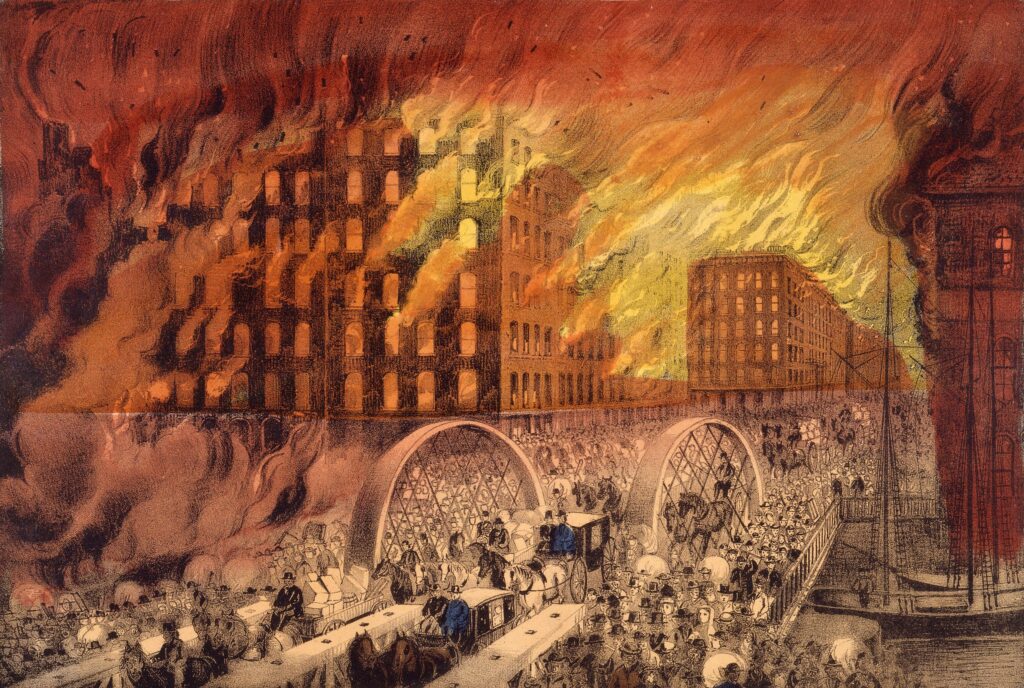
During the Great Chicago Fire, witnesses described a colossal flaming tornado that spread fire across the city. While fire tornadoes are known to occur, the size and intensity of this one seemed far beyond what typical conditions could explain. Its mysterious scale still sparks debate among scientists today.
12. The Frozen Hurricane of 2010
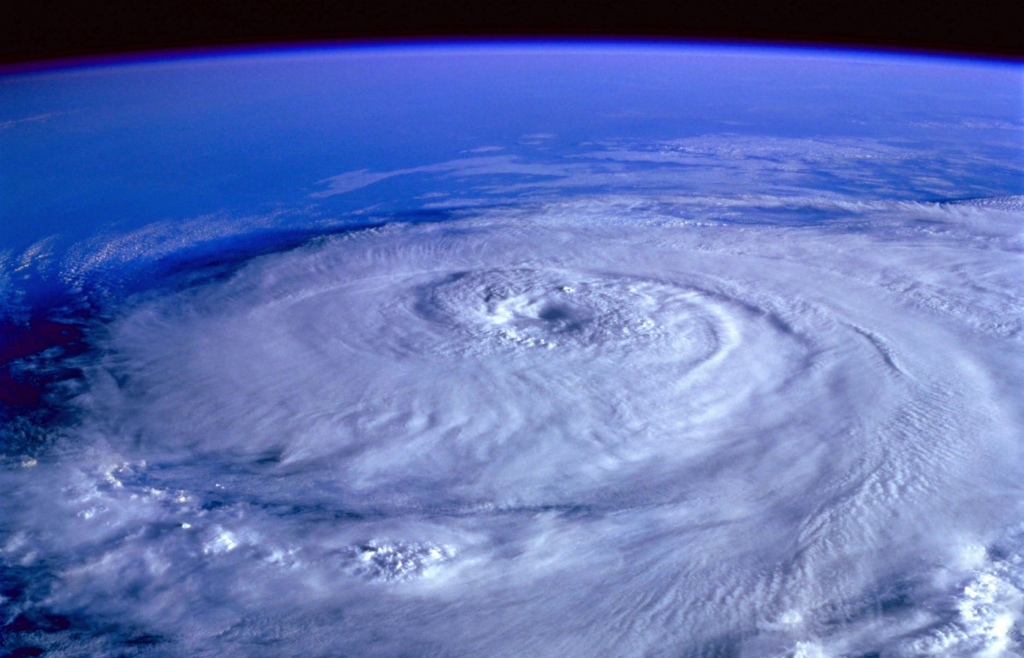
In 2010, a hurricane-like cyclone formed in the Arctic, engulfing much of Greenland an area where hurricanes typically don’t occur. The storm’s unusual formation has puzzled scientists, as such weather systems are not expected in frozen regions. The exact cause of the cyclone’s development remains unclear.
13. The Orange Snow of Siberia (2007)
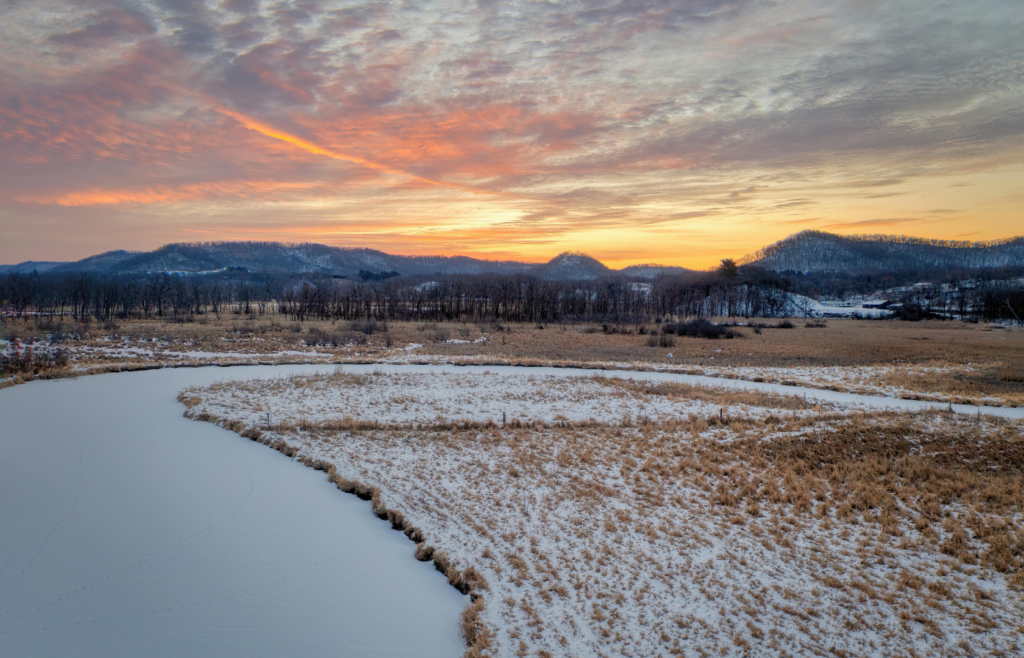
In 2007, orange-colored snow blanketed over 500 square miles of Siberia, sparking curiosity and concern. While tests revealed high levels of iron, the source of the unusual coloring remains a mystery. Some speculate it could be pollution or desert sand, but no conclusive explanation has been found.
Read More: 15 Times Lightning Did Something Absolutely Bizarre
14. The Fire Rain of 1912

In 1912, residents of Chile reported a strange phenomenon where rain caught fire as soon as it touched the ground. No known chemicals could explain how the rain ignited, leaving scientists baffled. Some theories suggest a meteorite shower mixed with rain, but no evidence has been found to support this.
Read More: 10 Ways to Stay Cool During a Heatwave Without Air Conditioning
15. The 1930s “Morning Glory Cloud” Mystery
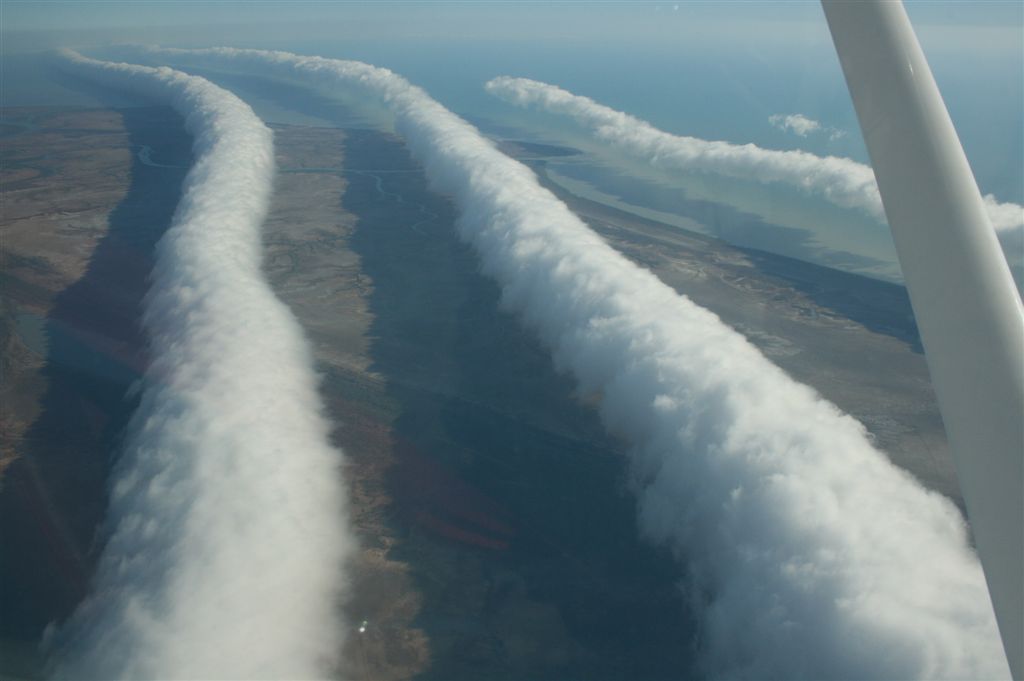
The Morning Glory is a rare, tube-like cloud that forms in Australia, but its exact cause remains a mystery. While it’s believed to result from unique air currents, scientists can’t predict when it will appear. Its unpredictable nature continues to intrigue researchers.
Read More: 10 Bizarre Weather Forecasting Methods That People Once Believed

